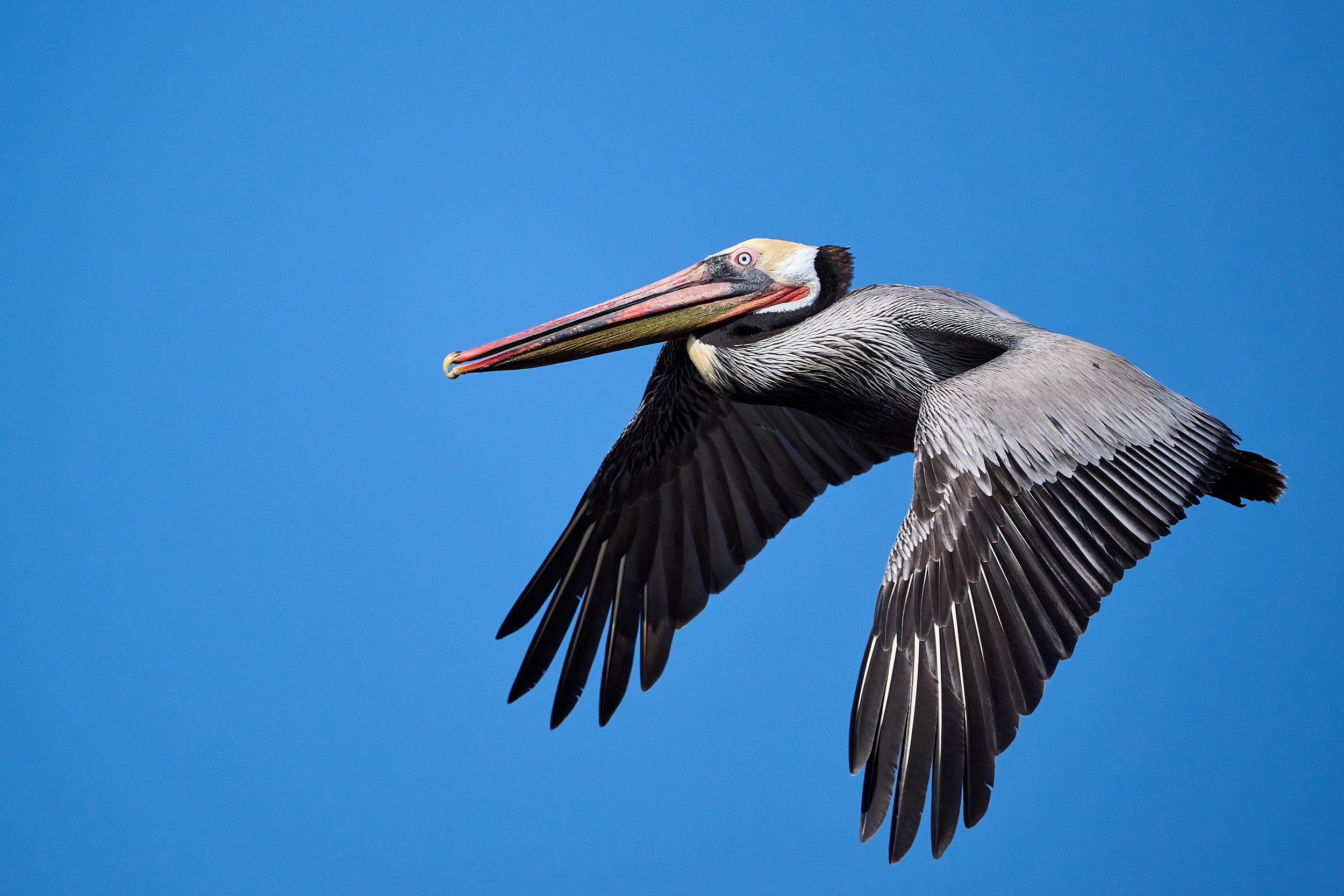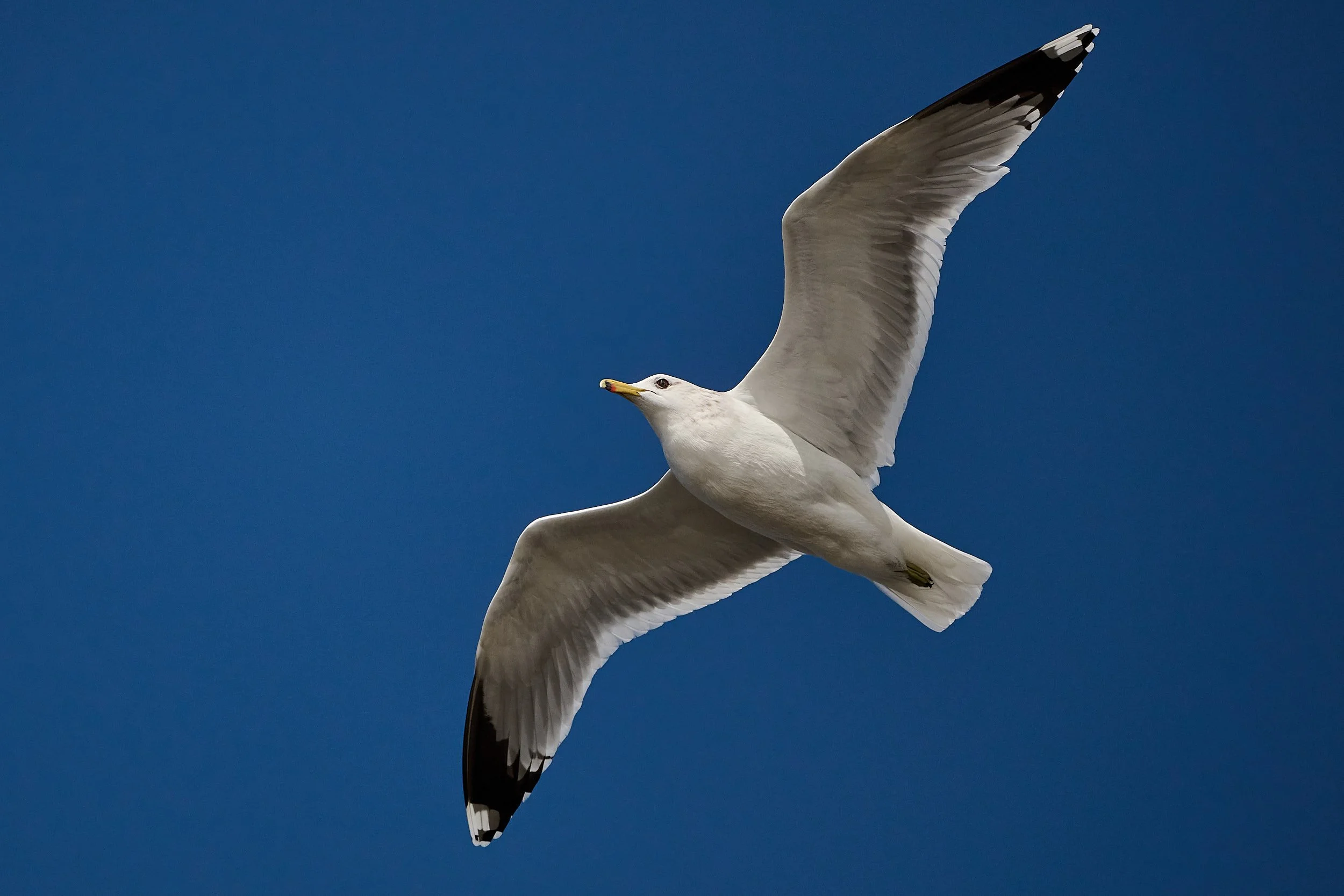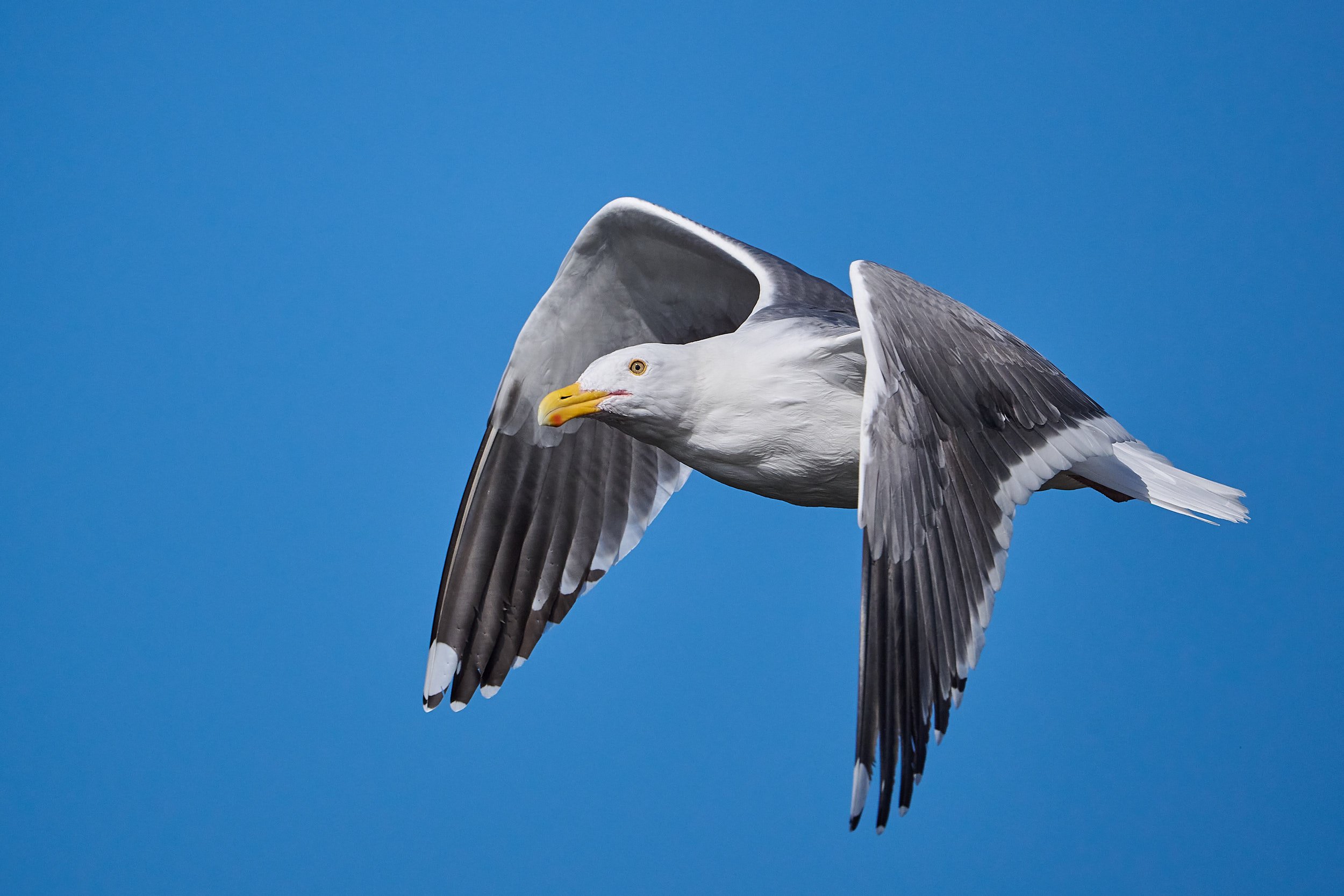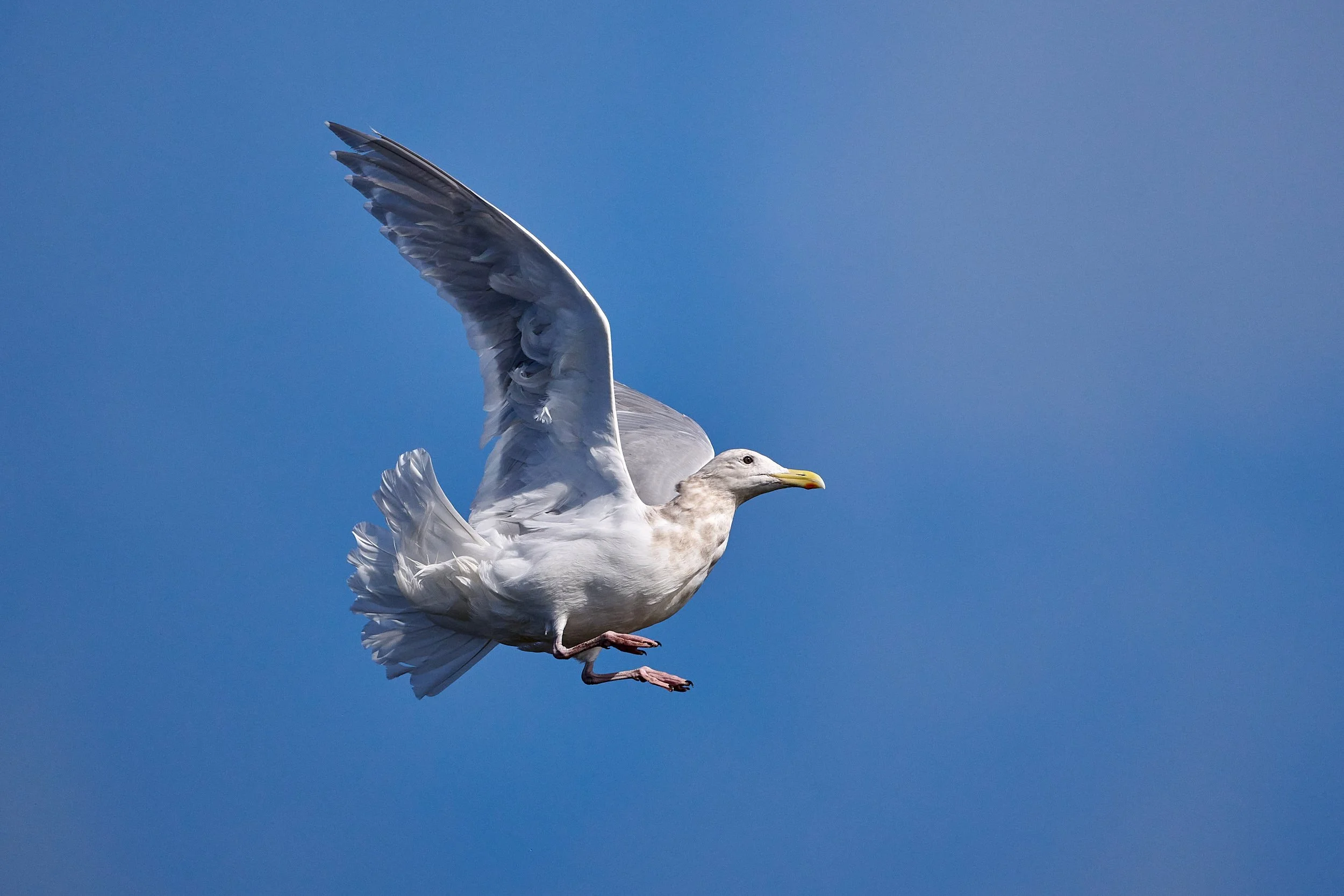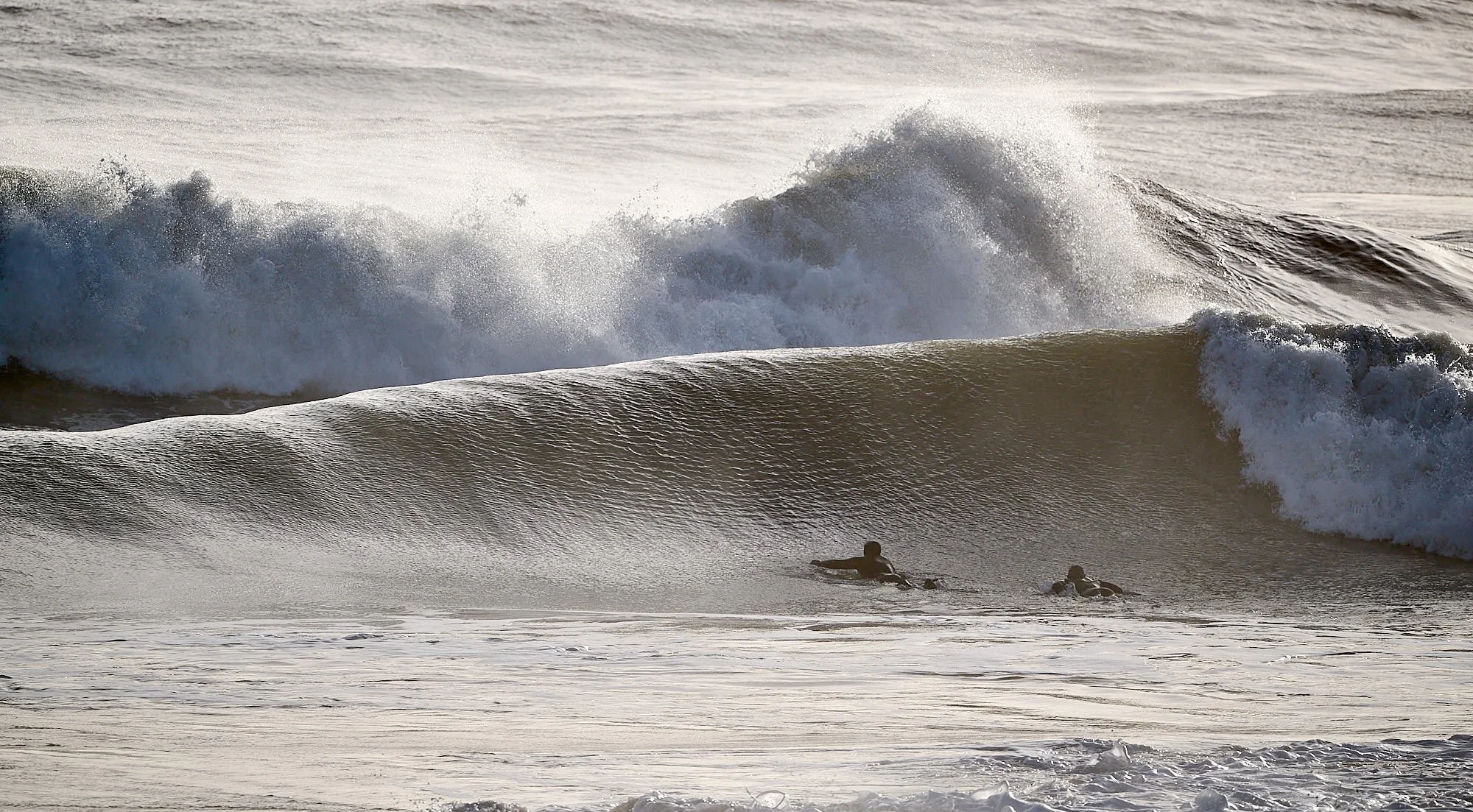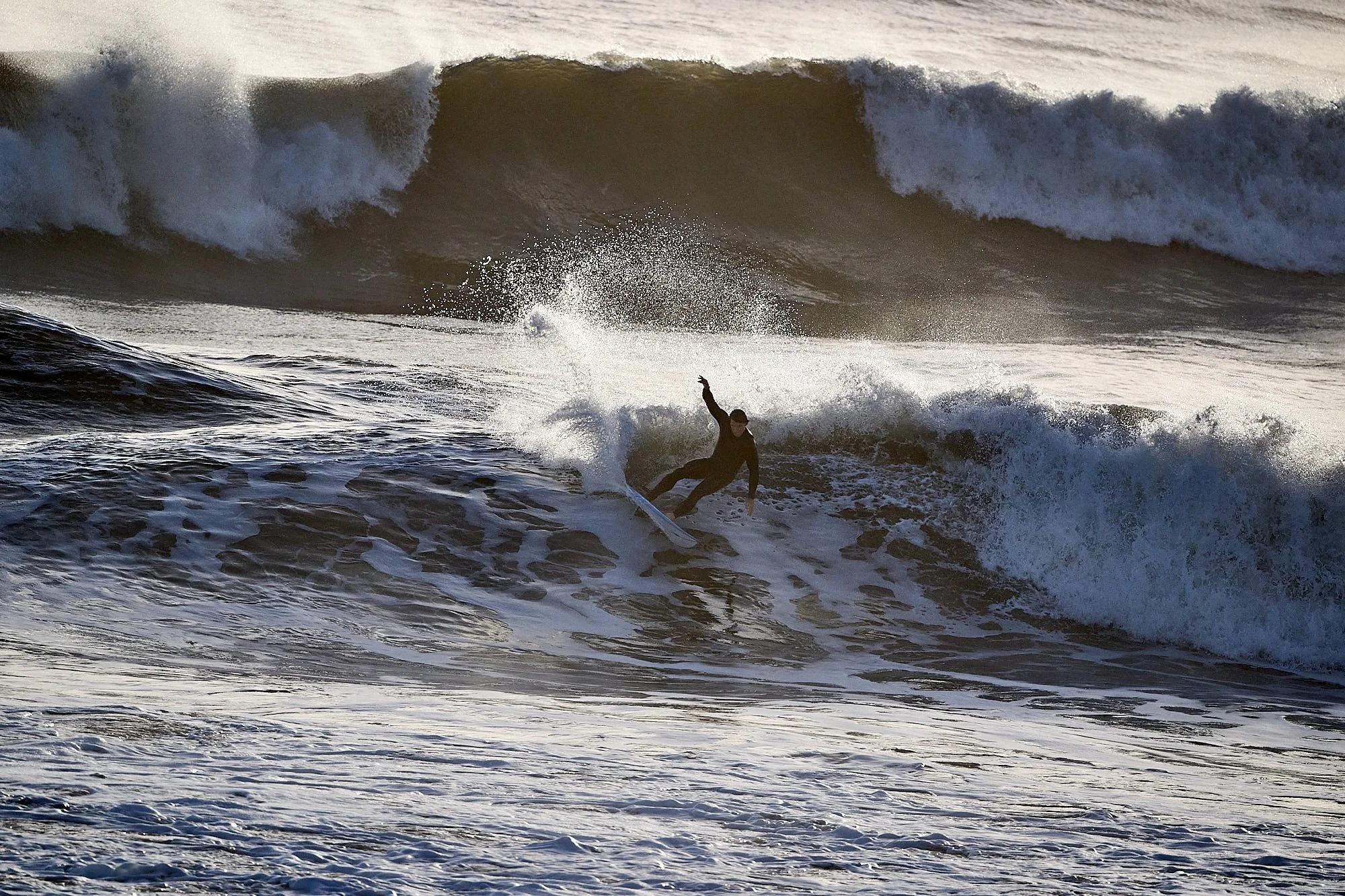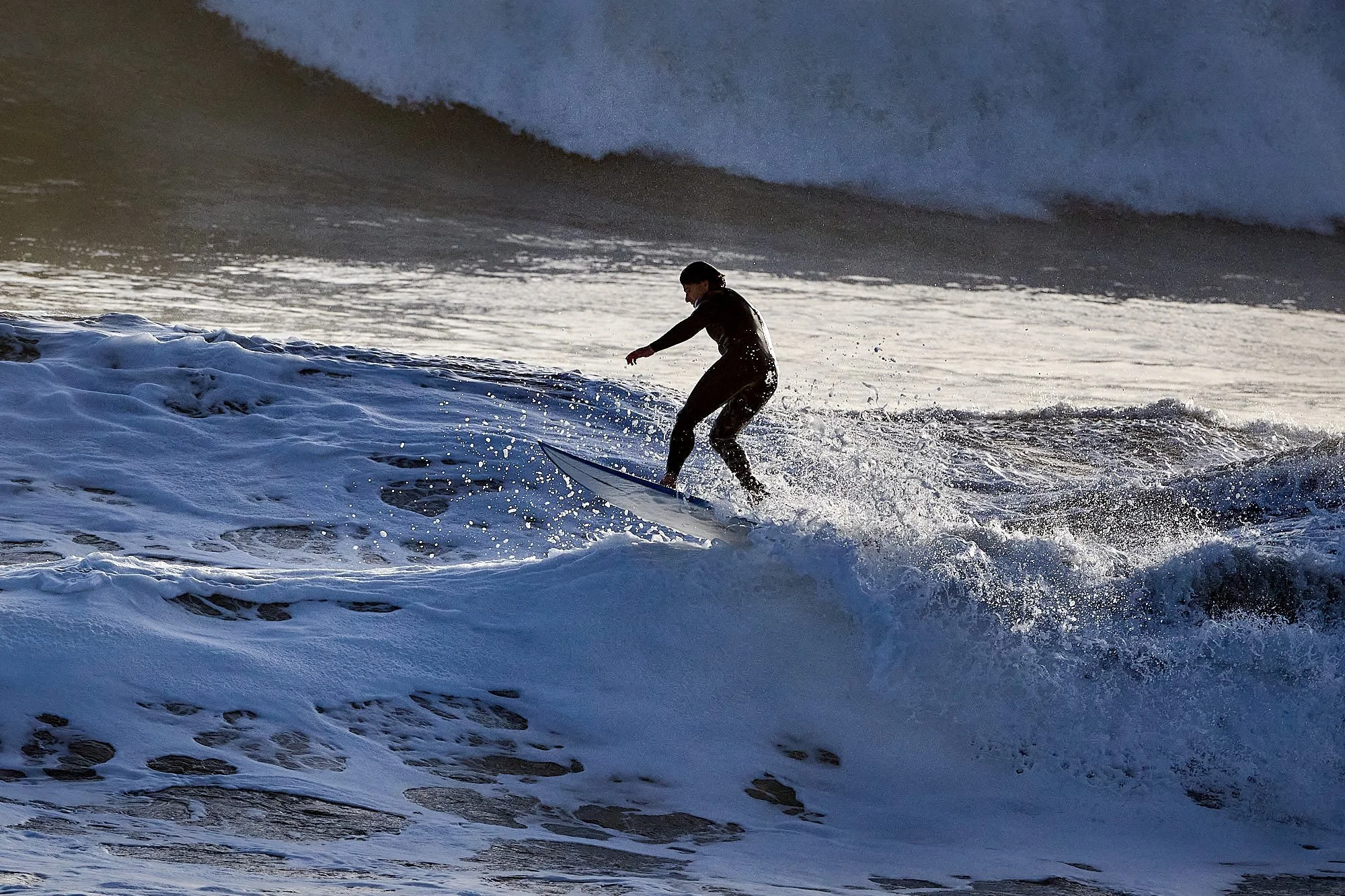Acrobatics at Año Nuevo: January 2024
Brown Pelican
California Gull
Western Gull
Año Nuevo
Don Sebastian Vizcaíno first sighted this section of the shoreline on January 3, 1603 and named it Punta del Año Nuevo (New Year’s Point). The State of California acquired the land in 1958 in order to protect coastal wildlife such as the Northern Elephant Seal. These large pinnipeds were slaughtered wholesale in the 1800s for the oil that could be rendered from their blubber. By 1892, fewer than 200 individual seals existed, living on remote Guadalupe island off Baja, Mexico. Fortunately, the Mexican government gave protected status to the species in 1922 and Año Nuevo Island’s first elephant seals arrived in 1955. Now, thousands of the animals visit and breed at the park.
The area comprises of coastal terrace prairie, wetland marshes, dune fields and coastal scrub. The surf-resistant rock that forms Año Nuevo Point is known as the Monterey Formation. Starting as sedimentary clay and silt laid down beneath the sea 12 or 13 million years ago, it has gradually changed into a thinly layered mudstone and is common throughout the Coast Range.
Trevlyn is a volunteer naturalist at the park, leading tourists on guided tours to view elephant seal action. I accompanied her to the park and hung out by a freshwater pond to watch the birdlife.
And record the action.
Southern portion of Año Nuevo State Park. The photographs below were taken near the pond and Cove Beach trail.
Aerial acrobatics
Western Gulls breed on Año Nuevo Island and are quite numerous in the area. Individuals regularly fly in from the shoreline to bathe at a fresh water marsh. They duck their heads and body parts underwater, shaking them and beating their wings against the water’s surface. While floating on the pond, the gulls may combine bathing with preening. Preening occupies about 10% of their 24-h day. Often, they were accompanied by Brown Pelicans, who bathe is a similar manner. Indeed, the sounds of thrashed water can be quite loud.
When departing from the pond, the gulls’ feathers are heavy with water. The photographs below illustrate how the birds shed their load.
Water acrobatics
In the late afternoon, three eager surfers trotted down from the parking lot with their boards. A significant northerly swell was running and the wave sets along the point were impressive. It was not a day for beginners.
The photographic conditions were lously - aiming west through the coastal haze towards the setting sun, surfers dropping into the murky shadows of the faces they were riding.
But everyone had fun.
The break
Tres amigos
Another great day at the beach!
